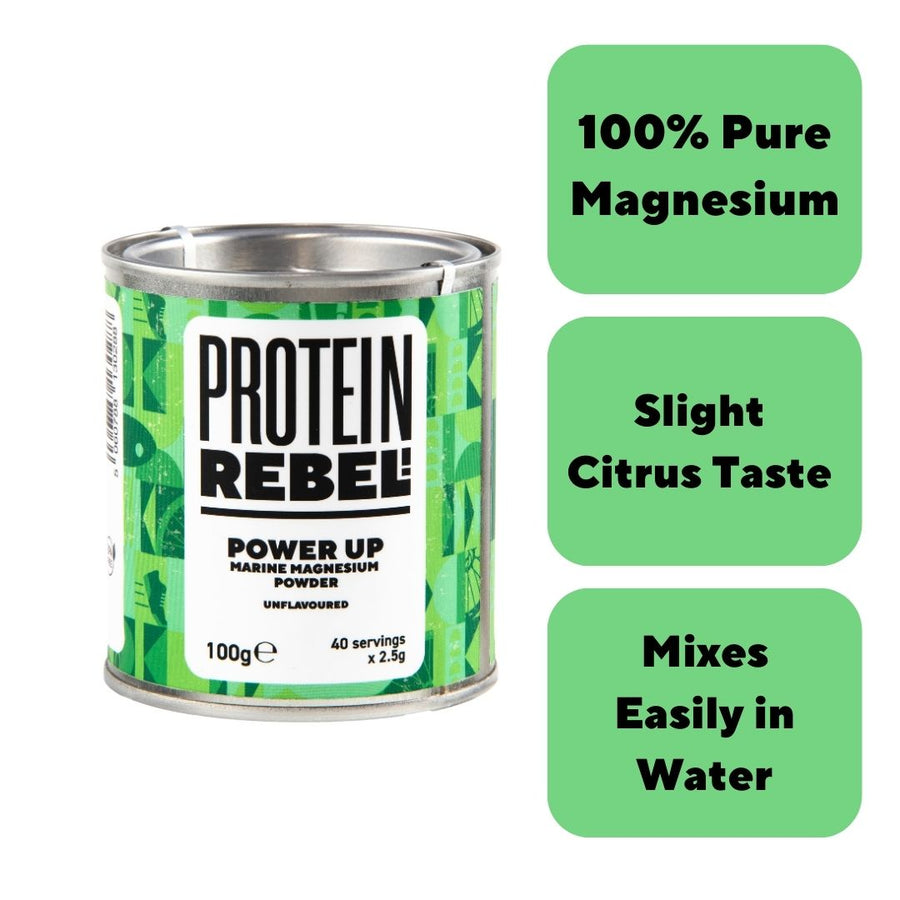What is “Cadence” in Running?
In the world of running, the term “cadence” is used to refer to the number of steps a runner takes each minute, commonly abbreviated as SPM (steps per minute).
In other words, it’s a way to measure how often your feet hit the floor while running.
You may have heard the term “stride length”, which is another way of looking at the same thing.
While cadence isn’t the only important metric for runners, it is of crucial importance when trying to improve your running, and is a direct factor in both speed and efficiency.
But it’s not just about making you a better runner - cadence, when approached correctly, can also reduce injuries by helping you to “run lighter”.
No matter your running level or goals, cadence is worth being aware of. In this article, we will break down all the core things you should know.
But first, how do you find out your own cadence?
Let’s find out:
How to count cadence while running

To estimate your cadence, you’ll need some flat, non-challenging ground to run on, and something to measure time with, such as a smartphone or stopwatch.
Simply go for a short run, and count the amount of steps you take in exactly one minute. Be careful to use your normal running pace, as it can be easy to speed up or slow down when focusing on counting.
Many modern smartwatches and GPS watches measure your cadence automatically, so you may already have this data without even realising it.
That’s it! Your steps per minute are your cadence.
Running Pace vs Cadence
Running pace and cadence aren’t the same thing, although they are heavily linked. Your pace is a macro way of looking at your performance when running a certain distance, and your cadence is a micro look at how well each step is optimised.
What is a normal running cadence?
There is no “normal” cadence per se, especially for newcomers to running, who will usually start with a low cadence but increase their natural SPM as they build muscle memory and endurance. However, 90-130 is a common starting point for those who are relatively new to the sport.
It is a good idea for most runners to be aware of their cadence and to think about increasing it, as shorter steps provide a wide range of benefits.
For example, you could think of it in terms of “air time”, meaning when your feet are off the ground. The more air time you have when running, the more impact your body experiences. This means you get tired easier, take longer to recover, and have a higher risk of injury.
A higher cadence means your feet are hitting the ground more often, and therefore each individual step is lower impact. In the same way, a lower cadence means you’re spending more time engaging your muscles to recover from each impact, which not only puts more stress on your body and risks injury, but it’s a waste of energy too.
So what should you aim for?
We’ve got you covered:
What is a good cadence in running?
When asking “what is the ideal running cadence”, the answer can change drastically depending on the person and their goals. For example, a good cadence for distance running isn’t necessarily a good cadence for sprinting. Trail running also may have a dramatic impact on your cadence due to the variety of terrain sometimes enforcing exactly where you can place your feet.
In general, 180 SPM is often thought of as an ideal cadence.
This originally comes from the running coach Jack Daniels, who studied the steps per minute for elite runners during the 1984 Olympic Games (source)
He found that elite runners often had a cadence of around 180, with some even reaching 200. This has been held as the ideal goal in the running community ever since.
While 180 remains a great target to work towards for most runners, more recent studies have found greater variance between top level runners. Some elites have a cadence as low as 150 SPM, and others manage to go above 200.
It’s also crucial to remember that there are way more factors affecting your cadence than just your fitness, muscle memory and the terrain. Height, weight, past injuries, posture, and even running shoes all have an impact on your SPM.
For example, shorter runners are unlikely to reach as high a cadence as taller ones, even if they are higher performing runners - the stride length simply isn’t available for that to be possible.
Which raises the obvious next question:
How to increase your running cadence
For newcomers to running, you will find your cadence naturally improves as you get more consistent at running and gradually increase your speed, form and endurance.
However, at some point for most people, this eventually plateaus, meaning you have to consciously focus on making shorter strides to continue improving your cadence.
There are many methods employed by running coaches and runners to increase cadence.
Some of the most proven techniques are listed here:
-
Focusing on picking your foot up when running, as opposed to putting it down. This should prevent you from plonking your foot down too hard and help you to naturally step more lightly.
-
Landing with your feet underneath your body, rather than fully extended out in front, allows you to consciously work on shortening your strides. This is an effective way to prevent overstriding, but it may be difficult to keep up at first, as entering a flow state when running can return your strides to their normal length. Keeping at it over time though will help increase your natural cadence gradually.
-
Other drills that involve small steps may help, and some runners swear by using a skipping rope.
-
Counting your steps for one minute, then doing so again, but trying to increase the number of steps you achieve in 1 minute the second time around.
-
Using a metronome to help keep strides to the exact right timing, or even listening to fast paced music can help!
How Does Cadence Affect Speed?
While cadence alone won’t increase your speed - good training, good nutrition, strong form, and increasing fitness are all needed to achieve this - cadence does have a significant impact on your ability to run faster, and improving it over time can only bring benefits for running performance.
For example, as your cadence increases, your legs will gradually get used to that higher pace, which translates into increased ability to run at that pace without getting tired or injured - which is a huge benefit when training for a long race or event.
Cadence and Nutrition
At first glance, it’s easy to assume that cadence and nutrition aren’t related.
While they are both very important in regards to improving your running, they’re separate things, aren’t they?
Well, not entirely. To consistently run at your ideal cadence requires well fuelled and rested muscles.
For example, in the later stages of a trail ultramarathon, you may feel that you’ve started to lose control of your cadence as your legs get more and more sapped of energy, going from carefully planned strides to sluggish haphazard steps.
Not only does this waste energy and reduce your speed, but it risks injury as well.
Fueling well both before a run with good, balanced food, and during a run with high quality natural energy gels will make all the difference, allowing you to maintain control over your cadence from start to finish.
-
To learn more about how your diet can affect your performance, take a look at our in depth guide to carb loading.
-
To understand how our natural maple syrup energy gels with electrolytes can make running easier, and when to take them for best results, take a look at our breakdown of how long it takes energy gels to work.






